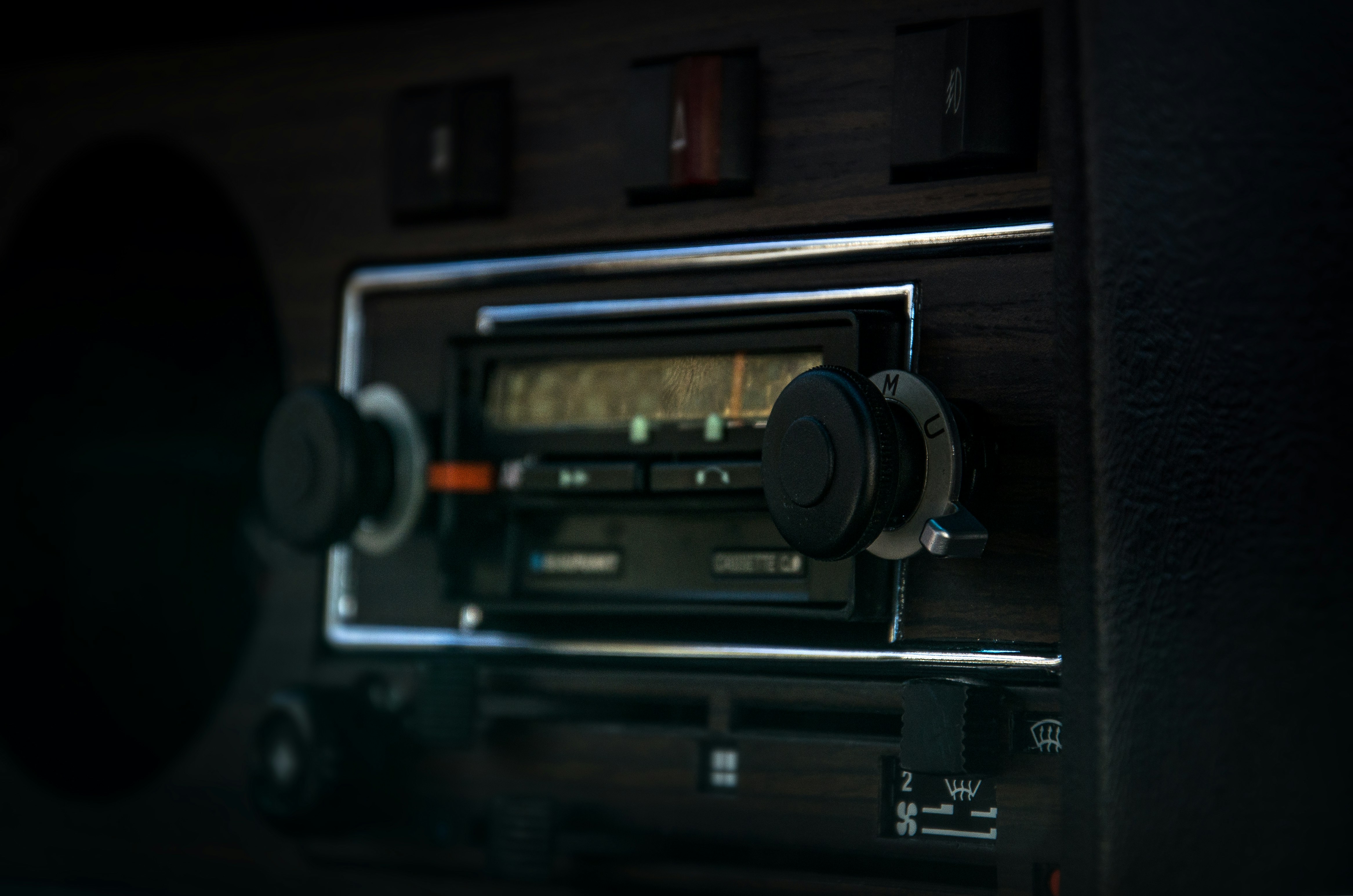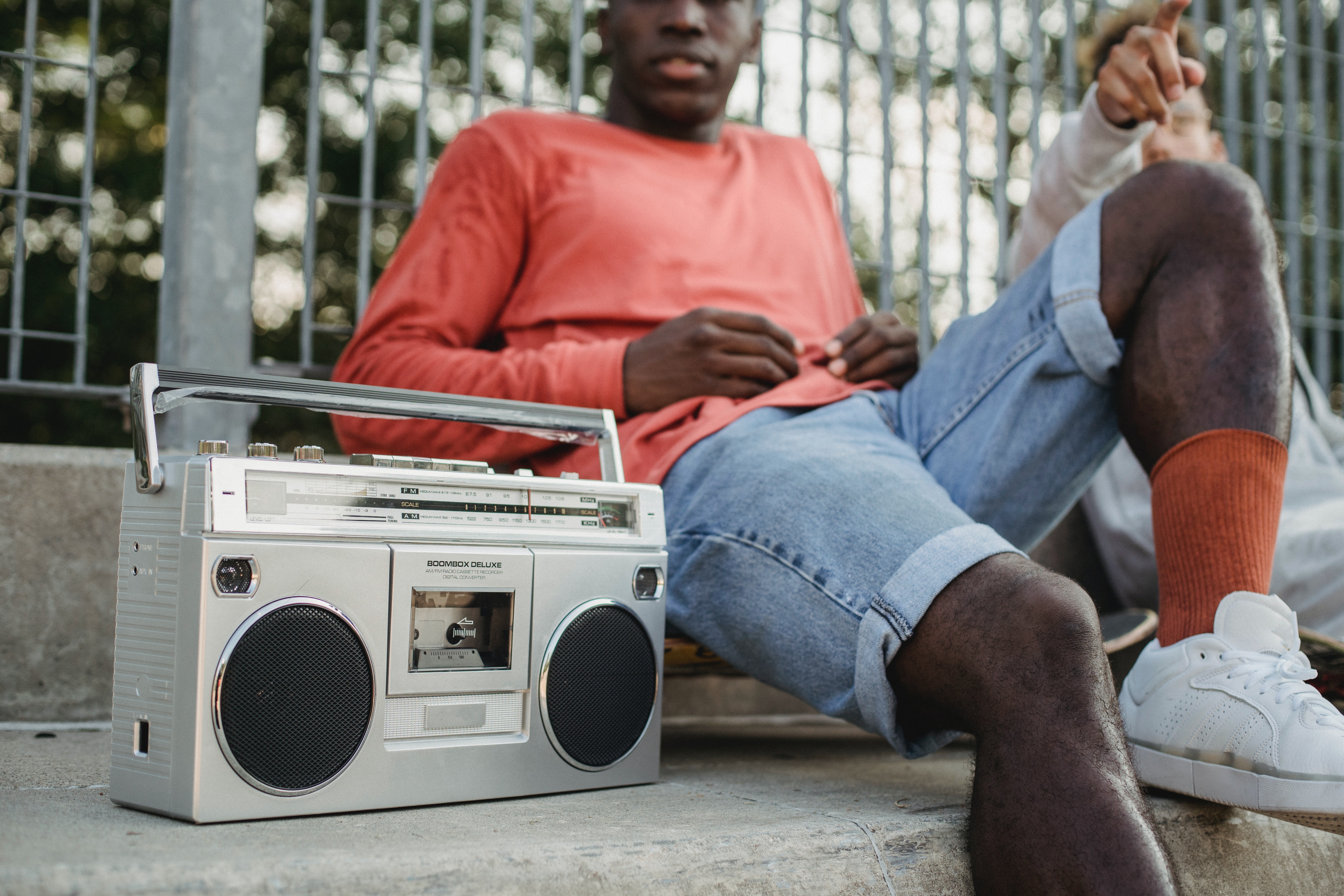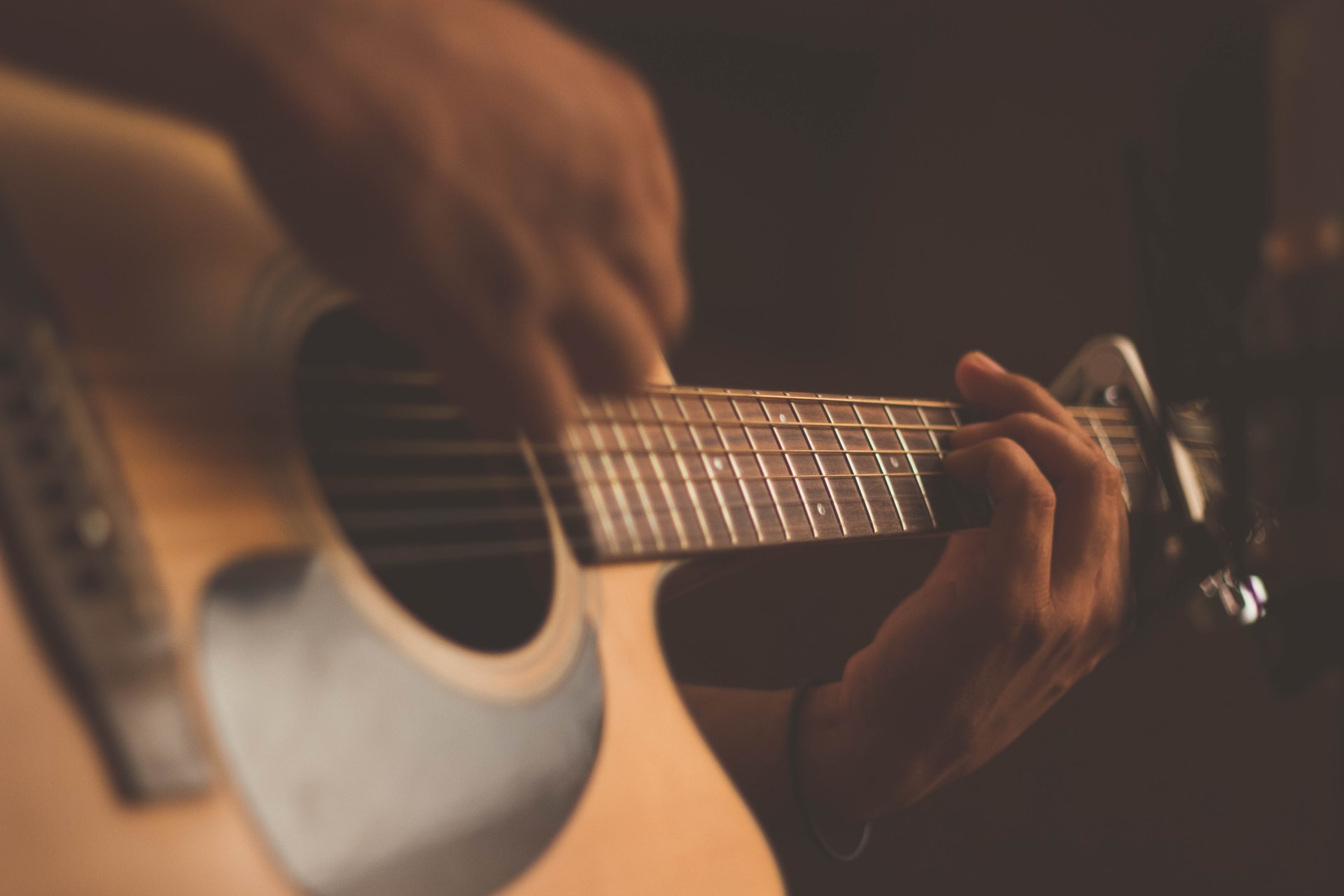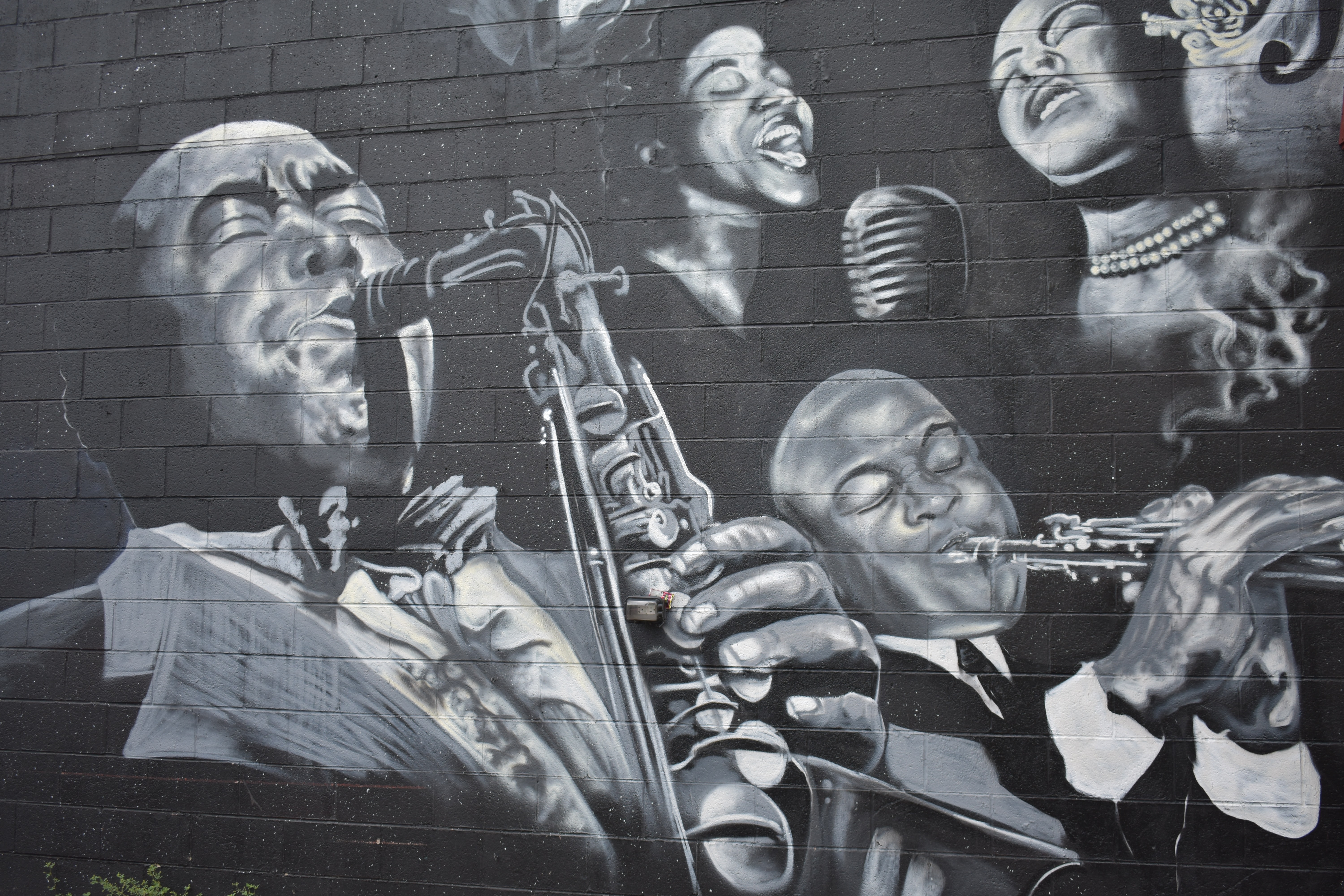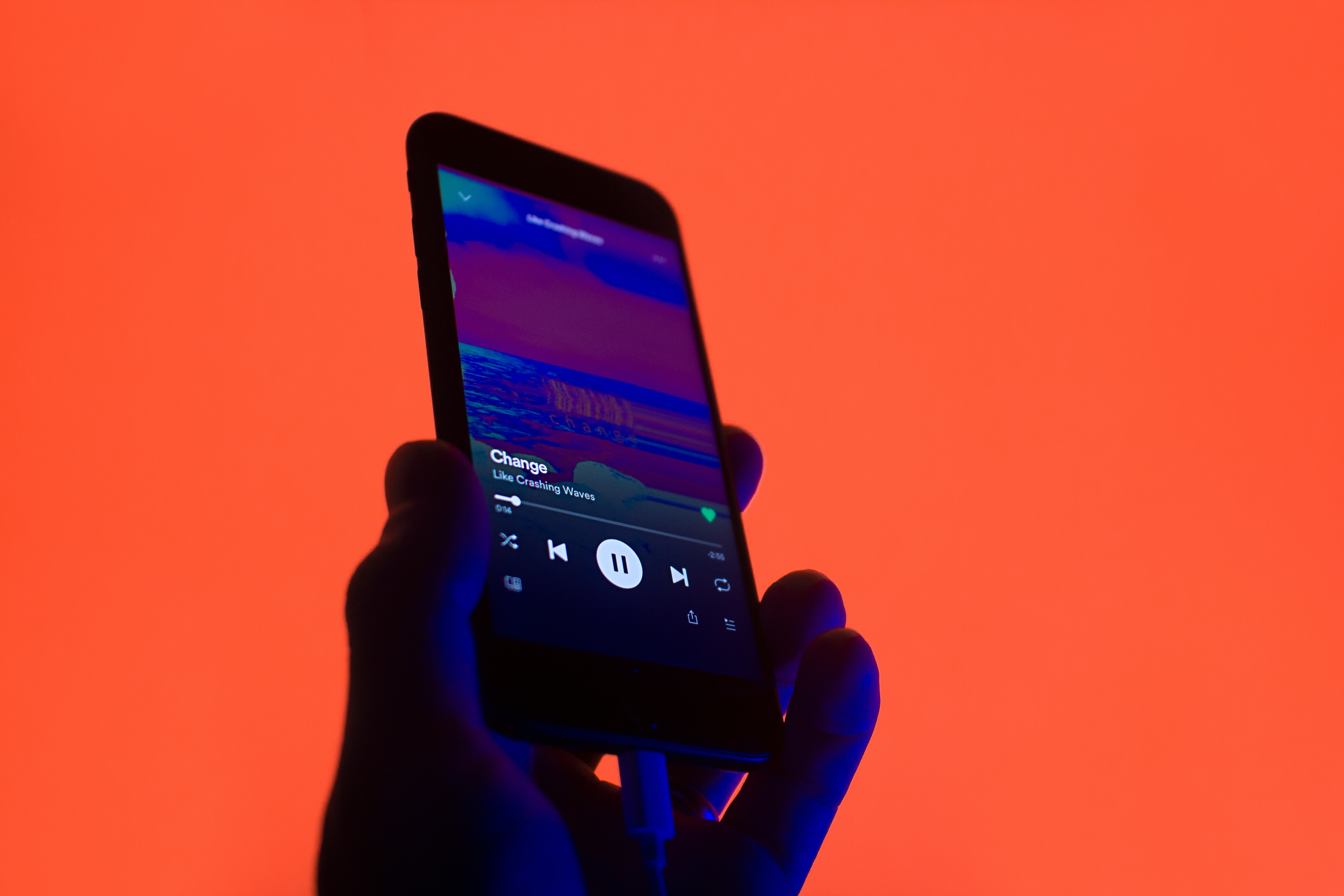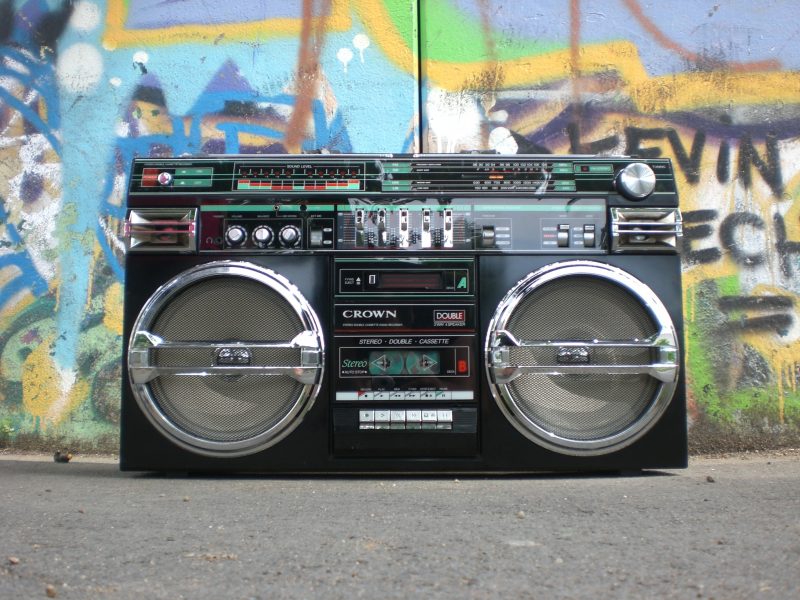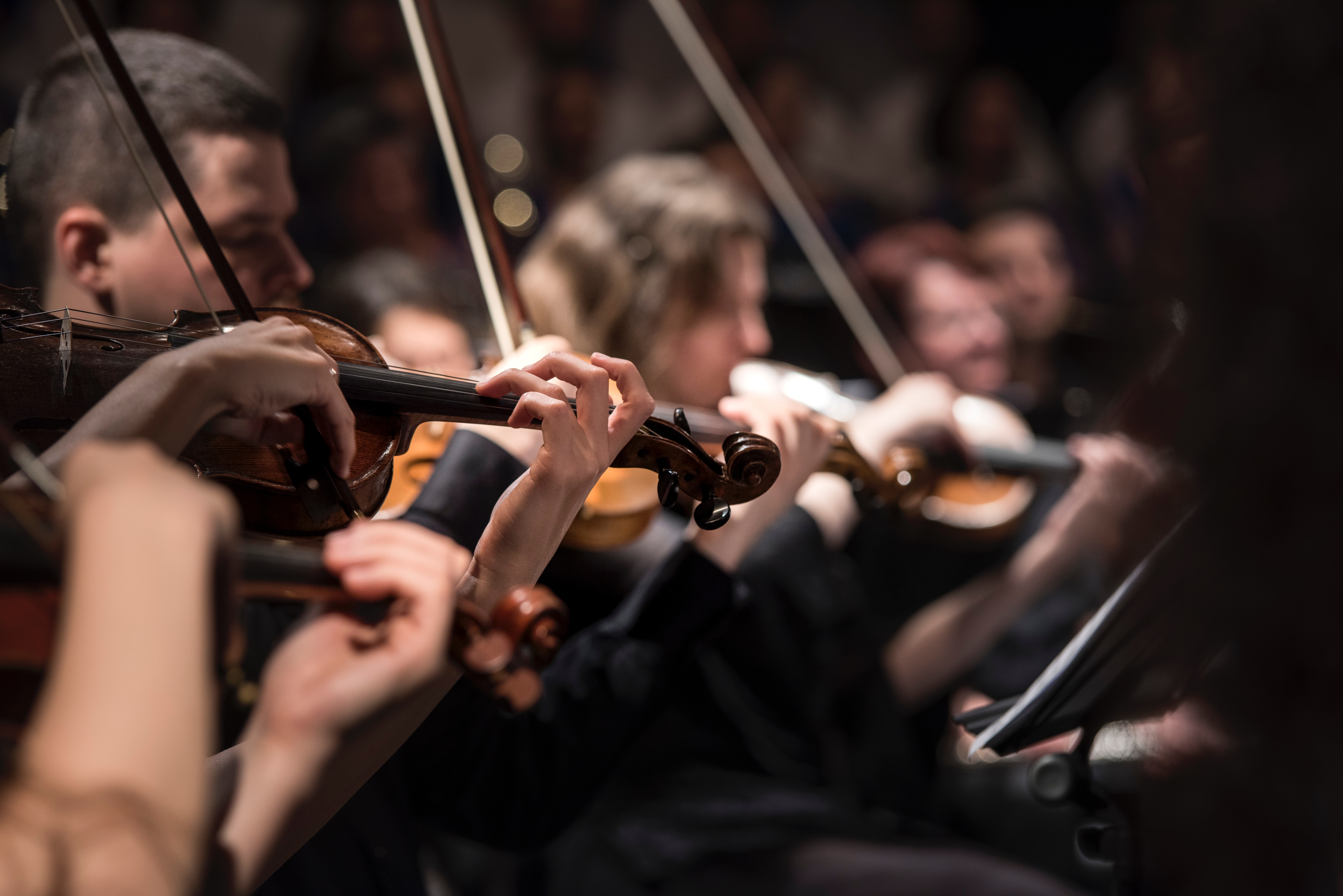What is DAB radio? Digital Audio Broadcasting (DAB) is a technology standard that delivers radio content in digital format rather than via traditional analogue FM. As more listeners and broadcasters transition to digital, DAB offers clearer sound, more channels, and data services like song titles and traffic updates. This article will explain DAB’s core technology, review its adoption and performance, address common questions, explore its content offerings, and look ahead to the evolving landscape of digital radio.
What Is DAB Radio? Technology & Definition
DAB radio encodes audio into digital data packets and transmits them via a network of terrestrial transmitters. Key features include:
Multiplexing: Multiple stations share a single frequency block.
Error correction: Built-in algorithms reduce interference and dropouts.
Data services: Displays text information such as program names, news headlines, and real-time traffic alerts.
Unlike FM, which modulates frequency. DAB modulates a digital signal (COFDM), allowing more efficient spectrum use and consistent audio quality across coverage areas.
Adoption & Performance Statistics
Digital radio’s uptake varies by market:
United Kingdom: Over 60% of radio listening is on DAB; coverage exceeds 98% of the population.
Norway: First country to switch off FM (in 2017); today, 99% of homes are within DAB’s reach.
Germany: DAB+ services in 75% of households, with over 20 million receivers sold.
Performance benchmarks show DAB audio often equals or surpasses FM fidelity, especially in areas where FM suffers from multipath or long-range degradation.
Common Questions and Concerns
Do I need a special receiver? Yes, an FM-only radio won’t decode DAB. Receivers range from portable handhelds to car dashboards.
Is coverage reliable in rural areas? While urban zones enjoy near-full coverage, some remote regions still rely on FM relays or online streaming.
Can I still listen to my favorite FM stations? Many broadcasters simulcast on both FM and DAB, but some low-power or niche stations may remain FM-only.
How about battery life? Digital radios can draw slightly more power, look for models with efficient chipsets or auto-sleep modes.
DAB Radio Content and Applications
Music & Talk Channels: Hundreds of genre-specific stations, often ad-free or subscription-based.
Data Services: Slideshows, news tickers, weather updates, and Traffic Message Channel (TMC) for in-car navigation.
Specialized Broadcasts: Roadside information for drivers, community radio multiplexes, and event-specific pop-ups.
Hybrid Radio: Seamless switch between DAB and online streams based on signal strength.
The Future of DAB and Emerging Alternatives
DAB+: An enhanced codec (Eureka 147) offering more stations per multiplex and better compression.
Internet Radio Integration: Automakers and device makers are combining DAB with Wi-Fi and 4G to fill coverage gaps.
HD Radio & DRM: Competing digital standards in North America and Asia, respectively, each with unique spectrum strategies.
Next-Gen Broadcast (ATSC 3.0 Audio): Potential successor in some markets leveraging IP-based broadcasting.
Conclusion
DAB radio represents a major step forward in broadcast technology, offering superior audio, richer data services, and a broader channel lineup than analogue FM. As adoption grows worldwide, and as DAB+ and hybrid systems mature; it’s clear that digital broadcasting is here to stay.

